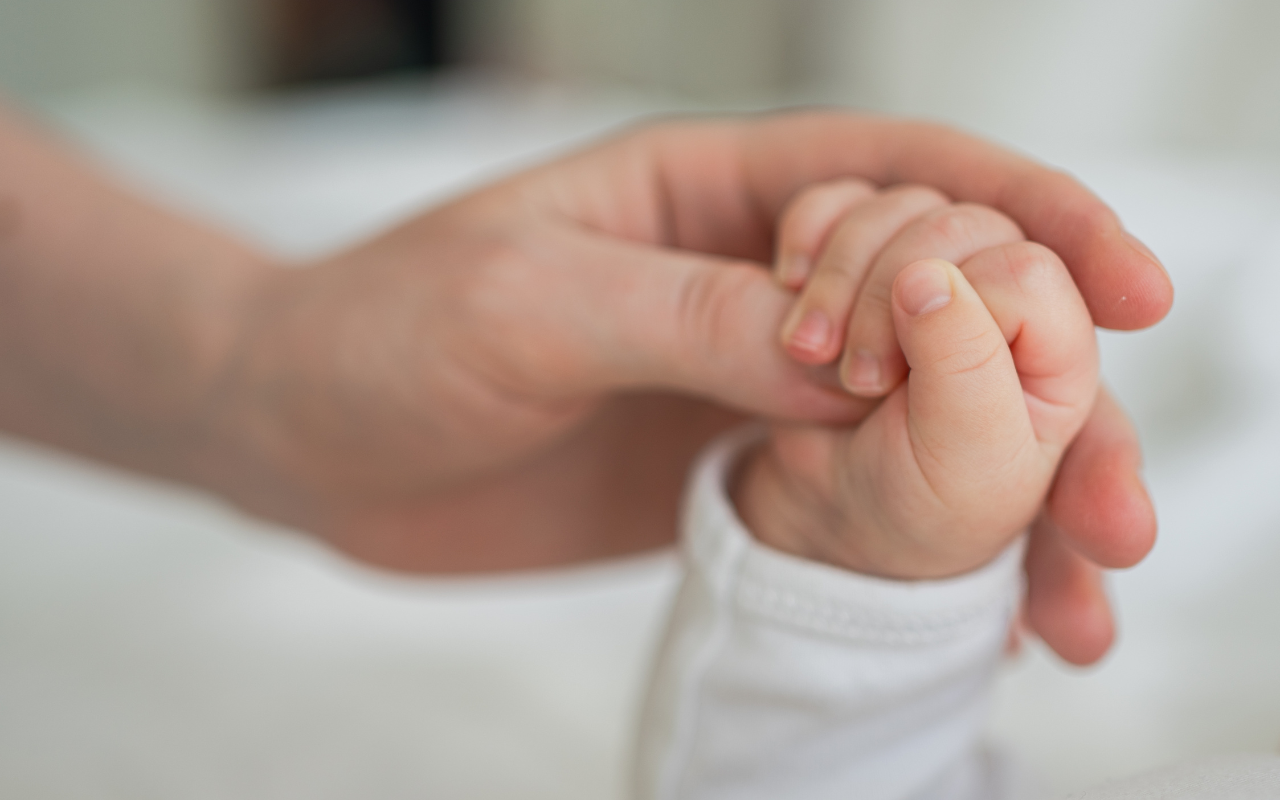The first successful birth from a transplanted uterus in Australia offers hope to infertile women who wish to one day give birth to their own child.
In 2023, a healthy baby boy was born via caesarean in Australia’s first live birth following uterus transplantation.
He joins around 40 other babies around the world born via a transplanted uterus since the first successful procedure occurred in Sweden in 2014.
Researchers from the Royal Hospital for Women, the Prince of Wales Hospital, and Westmead Hospital in Sydney have shared their findings from this remarkable procedure in the Medical Journal of Australia.
“In Australia, the options for women with uterine factor infertility who wish to have children are adoption and surrogacy. Both options are limited by legal, availability, and ethical barriers,” Associate Professor Rebecca Deans and co-authors wrote.
“The first live birth after uterus transplantation in Australia confirms that it could be a solution for women with uterine factor infertility who wish to have children with whom they are biologically related.”
How does a uterus transplant work?
The first woman to receive a uterus transplant in the clinical trial in Sydney was 31 years old and had a previous hysterectomy due to haemorrhage. The donor was her 53-year-old mother.
After transplantation, the recipient was prescribed induction immunosuppression usually used for low immunologic risk kidney transplantation and carefully monitored at the Prince of Wales hospital for any signs of graft failure of rejection.
Maintenance immunosuppression comprised twice daily oral tacrolimus, daily prednisolone and twice daily mycophenolate mofetil (MMF) which was replaced with azathioprine after nine weeks due to its superior safety profile in pregnant women.
“Aiming to minimise the duration of immunosuppression and its potential side-effects, including renal impairment and malignancy, we decided that the earliest point for safe embryo transfer was after MMF washout, given its potentially fetotoxic effects,” the researchers wrote.
Fifteen weeks after the transplant, a frozen grade 1 blastocyst was transferred during a natural ovulatory cycle and pregnancy was successfully initiated.
“This approach not only reduces the duration of immunosuppression for the recipient, it also reduces their waiting time for childbirth, fulfilling the primary reason for transplantation and undergoing the costs and risks of long term immunosuppression,” the researchers wrote.
At 37 weeks gestation, the baby was delivered via elective caesarean and the mother was discharged from hospital five days after giving birth.
Unfortunately, uterus transplants are not permanent, and the uterus needs to be removed after one or two pregnancies, or within five years.
In the case of this rescipient, signs of inflammation and rejection emerged the following year, and she elected to undergo explant hysterectomy.
Considerations for a uterus transplantation program in Australia
The researchers note that the costs and benefits of uterus transplantation will need to be assessed before initiating a clinical program in Australia.
Currently, the cost for achieving a live birth via uterus transplantation is similar to the cost of surrogacy, though transplantation costs have declined in recent years due to advances in the process.
Given the limited availability of altruistic surrogates and adoptive children in Australia, uterus transplantation could provide recipients with the opportunity to experience pregnancy with their own biological child with minimal risk to themselves and the uterus donor.
“[Uterus transplantation] provides a life-enhancing, temporary transplant, without many of the negative effects of long term immunosuppression that affect other vascular composite allograft transplants,” the researchers wrote.
However, the researchers emphasise that the success of a uterus transplantation program will depend on a strong culture of regulation, research, and clinician education.
“The Australian [uterus transplantation] research team is assisting with the development of guidelines by the Transplantation Society of Australia and New Zealand that encompass both live and deceased donor pathways, to establish a regulatory framework for the reproductive technology in Australia and New Zealand,” the researchers wrote.
“Rigorous research, audit, and collaboration, supported by experienced multidisciplinary teams, is essential for developing a [uterus transplantation] program in Australia that meets the highest international medical and ethical standards.”
Read the research in the Medical Journal of Australia.
Annika Howells is the sub-editor of the MJA’s InSight+.
Subscribe to the free InSight+ weekly newsletter here. It is available to all readers, not just registered medical practitioners.

 more_vert
more_vert
I believe one needs to know how many uterine transplants have been performed and what the outcomes both positive and negative have been before embracing this therapy. Is it perhaps safer to implant into the uterus in it’s original host? I am aware of many sisters carrying a pregnancy for their infertile relative(sister) with success. Theoretically the recipient could receive 3 or more children as a non-transplanted uterus can be used up to the menopause. I have delivered many healthy babies from 49 year old women. Of course if the donor is post menopausal, as in this case, it can only be used in a transplantation.
Unfortunately, I am aware of a case of uterine transplant where the outcome was very different: the uterus donor suffered a life-threatening complication & has been left with major ongoing morbidity; the recipient had multiple rejection episodes & an early 3rd trimester miscarriage followed by a life-threatening haemorrhage; then subsequent transplant reversal. Unsurprisingly, this has resulted in not only ongoing physical health issues for both parties, but also significant psychological ones. The risk is that if publication bias results in only the successful cases being reported both to the profession & public, that there will be an increase in demand for the procedure & we will see more cases like the above one. To use a metaphor, I fear that we are losing sight of the wood (the goal of a healthy happy family unit) for the trees (the desire to experience pregnancy & delivery).